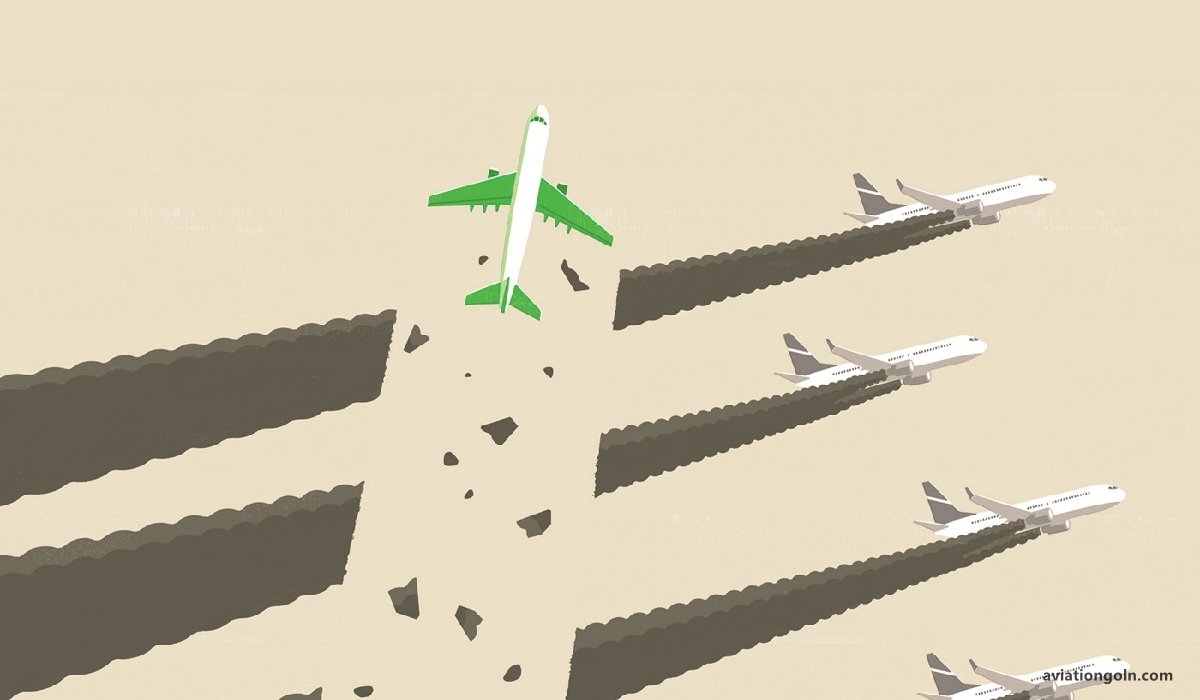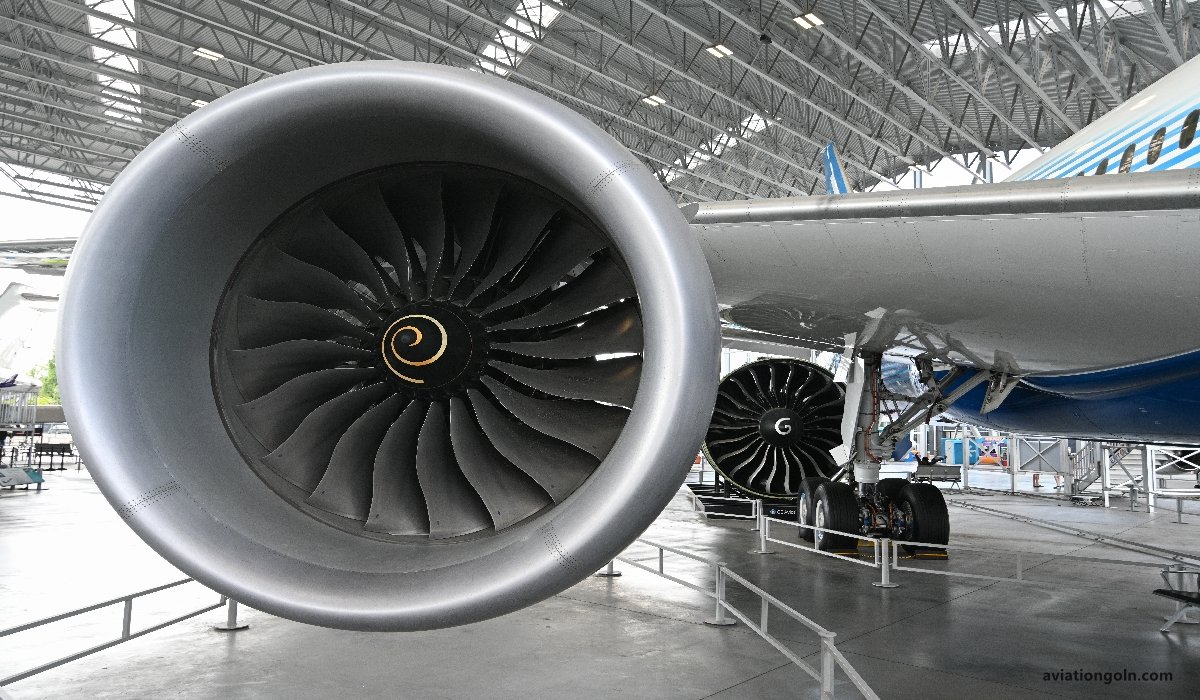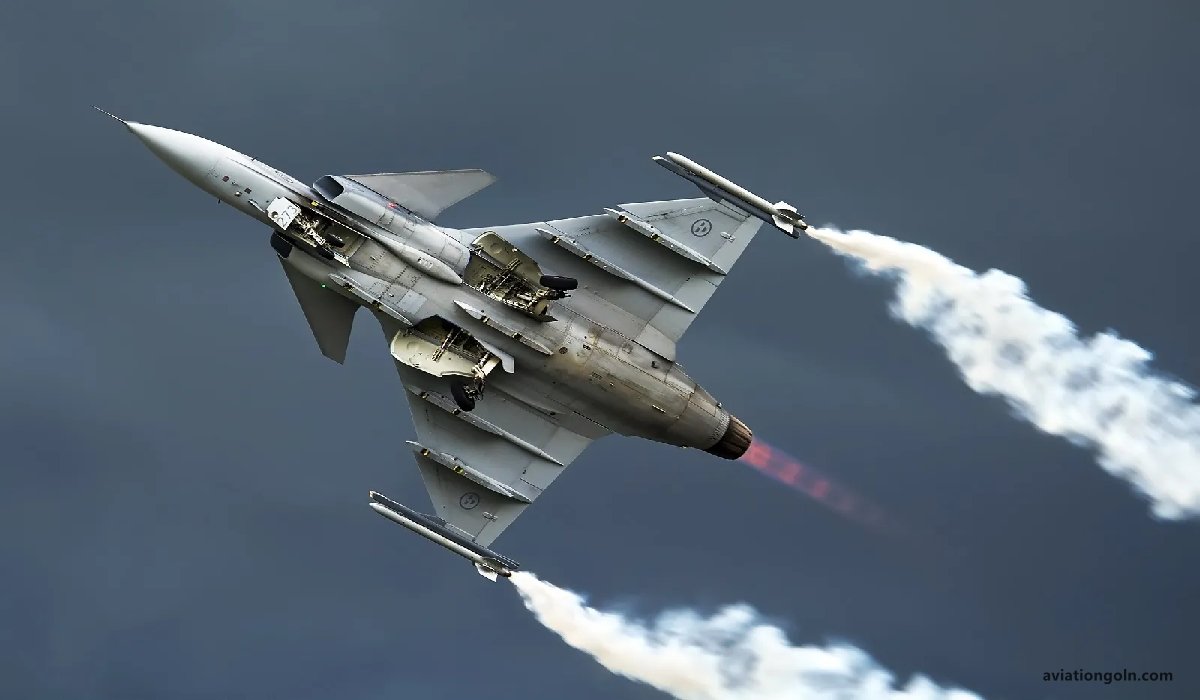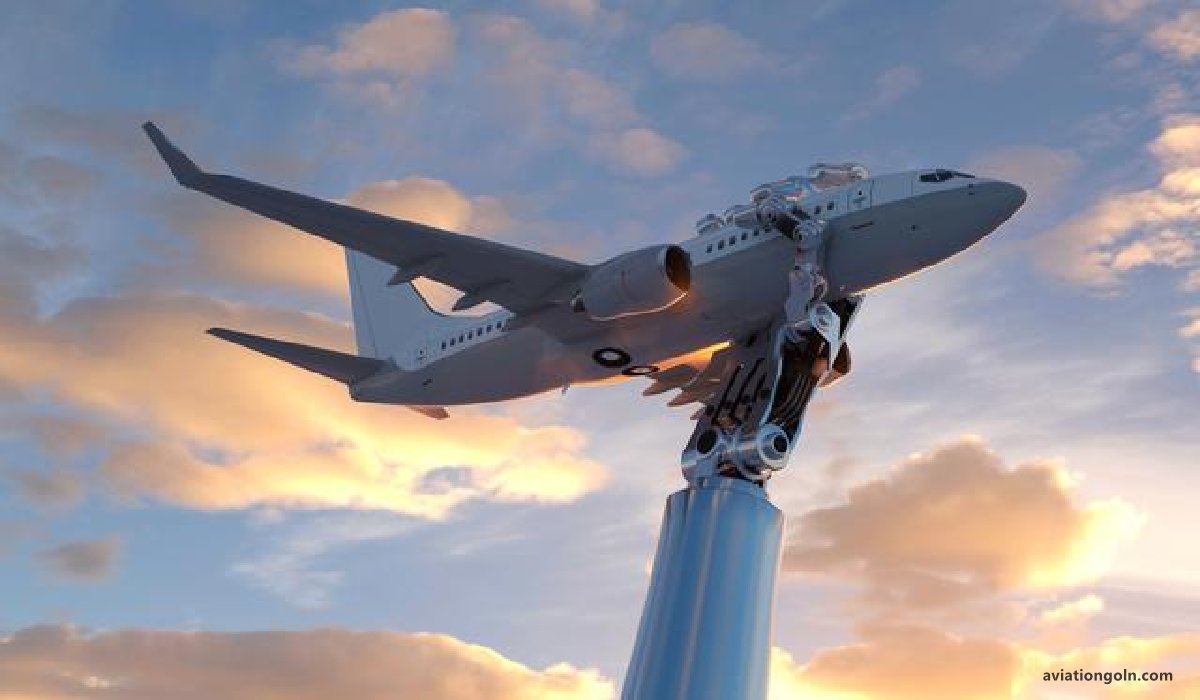Market Trends in Aviation: The aviation industry is one of the most dynamic and influential sectors in the global economy, continually shaped by technological innovations, economic forces, geopolitical dynamics, and consumer preferences. Understanding the market trends within this industry is crucial for stakeholders, as these trends can forecast possible shifts in the future. As of this overview, several notable trends are impacting the airline industry, each of which deserves careful analysis.
Market Trends in Aviation: Airline Industry Overview
1. Sustainability and Eco-Friendly Initiatives
Increasing environmental concerns are pushing airlines to adopt sustainable practices, both due to regulatory pressures and evolving consumer demands. Carbon emissions from aviation account for about 2-3% of global emissions. As the world rallies towards more environmentally friendly practices, airlines are exploring ways to be part of the solution.
- Biofuels and Alternative Energy: Several airlines are now testing biofuels, aiming to blend them with traditional jet fuel. For instance, initiatives to create aviation fuel from algae or used cooking oil are being explored. Moreover, the concept of electric planes, though in its infancy, is gaining attention.
- Efficient Aircraft Design: Newer models of aircraft, like the Boeing 787 Dreamliner or the Airbus A350, emphasize fuel efficiency and environmentally friendly designs. These planes tend to be lighter, use materials that offer greater fuel efficiency, and have improved aerodynamics.
- Carbon Offsetting: Some airlines are offering passengers the ability to invest in carbon offset projects, effectively neutralizing the carbon footprint of their travel.

2. The Rise of Low-Cost Carriers (LCCs)
LCCs, like Ryanair, Southwest, and AirAsia, have changed the way people travel, especially within regions like Europe and Asia. They focus on cost leadership, stripping away many traditional airline amenities to offer significantly lower prices.
- Point-to-Point Routes: Unlike traditional hub-and-spoke models, LCCs often operate point-to-point routes. This streamlines operations and reduces costs.
- Secondary Airports: LCCs often fly out of secondary airports, which tend to have lower landing fees and less congestion.
- Digital Optimization: Many LCCs have mastered digital sales, relying heavily on online platforms for ticket sales and bypassing traditional travel agencies.

3. Technological Advancements
The integration of technology has made air travel more convenient and efficient.
- Digital Ticketing and Check-In: E-tickets, mobile boarding passes, and biometric boarding are becoming standard, offering passengers a smoother experience.
- In-flight Connectivity: The demand for in-flight Wi-Fi has grown exponentially, with many airlines now offering this service, either for free or at a premium.
- Predictive Maintenance: Airlines are using AI and machine learning to predict when aircraft parts might fail, allowing for proactive maintenance and reducing unplanned downtimes.
- Drones: Drones are being explored for various aviation-related tasks, from inspecting aircraft surfaces to monitoring airport perimeter security.

4. Changing Consumer Expectations
The modern traveler’s expectations have evolved with the times.
- Experience Over Loyalty: Many travelers, particularly millennials and Gen Z, prioritize experiences over brand loyalty. This has led to the rise of experiential travel and a focus on in-flight services that enhance the travel experience.
- Health and Safety: Particularly after the COVID-19 pandemic, there’s been a surge in demand for health and safety measures. Airlines have responded by implementing stricter cleaning protocols, contactless services, and health checks.

5. Consolidation and Alliances
The high operational costs and competitive nature of the airline industry have led to mergers, acquisitions, and the formation of alliances.
- Alliances: Major alliances like Star Alliance, Oneworld, and SkyTeam allow airlines to extend their networks without additional flights, offering passengers more destinations and a unified service experience.
- Mergers: In efforts to optimize operations and expand networks, airlines have merged. Examples include the merger of American Airlines and US Airways or that of Delta and Northwest.

6. Geopolitical Dynamics
Various geopolitical factors play a role in airline market trends.
- Open Sky Agreements: These agreements, which facilitate airlines from two countries to have liberal access to each other’s markets, have been instrumental in increasing international air travel.
- Political Tensions and Trade Wars: Tensions between countries can lead to reduced flight frequencies or even the suspension of routes.
- Terrorism and Security Concerns: Incidents of terrorism have profound impacts on air travel, leading to heightened security measures and impacting travel demand.

7. Diversification of Revenue Streams
To hedge against volatile ticket prices and external economic factors, airlines are diversifying their revenue sources.
- Ancillary Revenue: Airlines now earn significant revenue from ancillary services such as baggage fees, seat selection, in-flight meals, and shopping.
- Loyalty Programs and Co-branded Credit Cards: Frequent flyer programs and co-branded credit cards have become major revenue drivers, with passengers earning miles for flights and other purchases.

8. Urban Air Mobility (UAM) and the Future of Short-Haul Flights
The concept of UAM revolves around aerial transportation in urban areas through electric vertical take-off and landing (eVTOL) vehicles. With companies like Uber Elevate and startups working on eVTOL technology, short-haul flights might soon see a revolution.

9. Resilience to External Shocks
From economic downturns to health crises like the COVID-19 pandemic, the airline industry has seen its share of challenges. However, the industry’s ability to adapt and evolve has been noteworthy. For instance, during the pandemic, many airlines pivoted to cargo operations to offset the decline in passenger revenue.

10. Asia-Pacific’s Growing Dominance
The Asia-Pacific region, led by countries like China and India, is expected to witness the highest growth in air passengers in the coming decades. The burgeoning middle class, coupled with improved connectivity and the rise of LCCs in the region, is driving this growth.

The aviation industry is an amalgamation of intricate dynamics, from technological innovations to shifting consumer behavior. As the sector continues to evolve, understanding these market trends becomes essential for stakeholders, from airline operators to investors, to navigate the skies of the future successfully.
